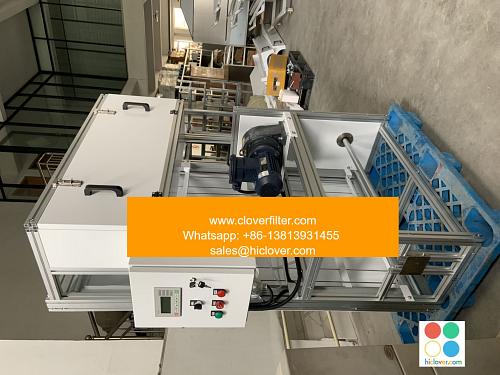Regulations and Compliance

Regulations and compliance are crucial aspects of any organization, ensuring that businesses operate within the boundaries of laws, rules, and standards. In this article, we will explore the world of regulations and compliance, highlighting key concepts, risk management, and various application areas.
What are Regulations and Compliance?
Regulations refer to the rules and laws set by governments, regulatory bodies, or industry associations to govern business practices, data protection, and financial reporting. Compliance, on the other hand, is the process of adhering to these regulations, ensuring that organizations meet the required standards. Effective compliance management involves implementing policies, procedures, and controls to mitigate regulatory risks and avoid non-compliance penalties.
Key Areas of Regulations and Compliance
Several industries are subject to stringent regulations and compliance requirements, including:
- Financial Services: Regulatory bodies such as the Securities and Exchange Commission (SEC) and the Financial Industry Regulatory Authority (FINRA) oversee financial institutions, ensuring they comply with anti-money laundering (AML) and know-your-customer (KYC) regulations.
- Healthcare: The Health Insurance Portability and Accountability Act (HIPAA) regulates the use and disclosure of protected health information (PHI), while the Food and Drug Administration (FDA) oversees medical device and pharmaceutical regulations.
- Environmental Protection: Regulations such as the Clean Air Act and the Clean Water Act aim to reduce environmental pollution and promote sustainability.
- COSO Framework: A widely recognized framework for compliance and risk management, providing guidelines for internal controls and governance.
- ISO 27001: An international standard for information security management, providing a framework for protecting sensitive data and preventing cyber threats.
- SOX Compliance: The Sarbanes-Oxley Act requires publicly traded companies to implement internal controls and financial reporting procedures to prevent accounting scandals.
- Establish a compliance committee to oversee regulatory requirements and risk management.
- Develop and implement compliance policies and procedures, including training programs for employees.
- Conduct regular audits and assessments to identify and mitigate compliance risks.
Compliance Frameworks and Standards
To ensure effective compliance, organizations can adopt various frameworks and standards, including:
Best Practices for Compliance
To maintain effective compliance, organizations should:
Conclusion
Regulations and compliance are critical components of organizational governance, ensuring that businesses operate ethically and within the law. By understanding the regulatory framework, implementing effective compliance management, and adopting recognized standards and best practices, organizations can minimize regulatory risks and maintain a positive reputation. As regulatory environments continue to evolve, it is essential for organizations to stay informed and adapt to changing requirements, ultimately ensuring long-term sustainability and success. It looks like you’re ready to start a conversation or ask a question, but you haven’t given me a specific prompt yet. What’s on your mind? Do you want to:
1. Ask a question on a particular topic?
2. Discuss a hobby or interest?
3. Get help with a problem or task?
4. Play a game or engage in a fun activity?
5. Something else?
Let me know, and I’ll do my best to assist you!


